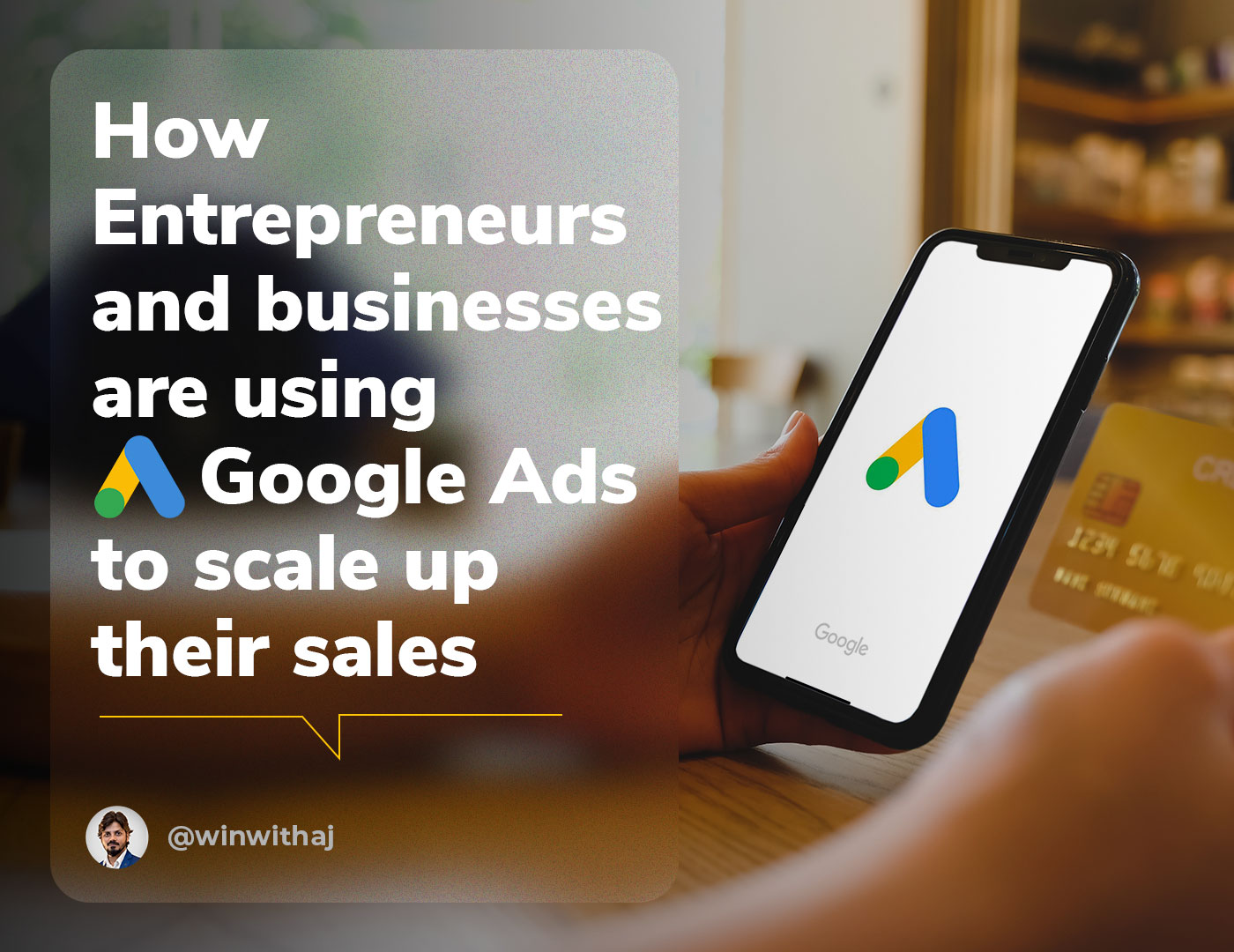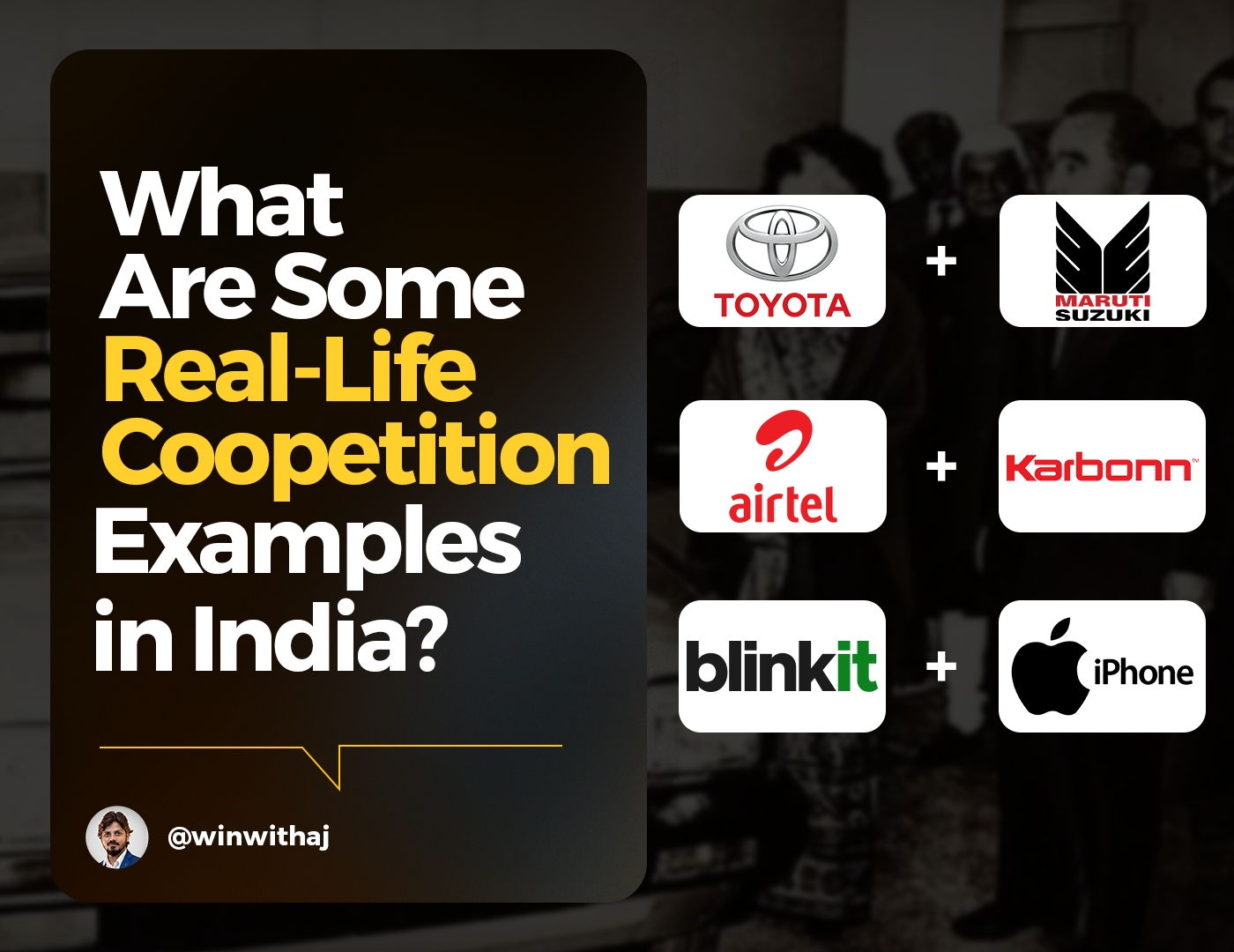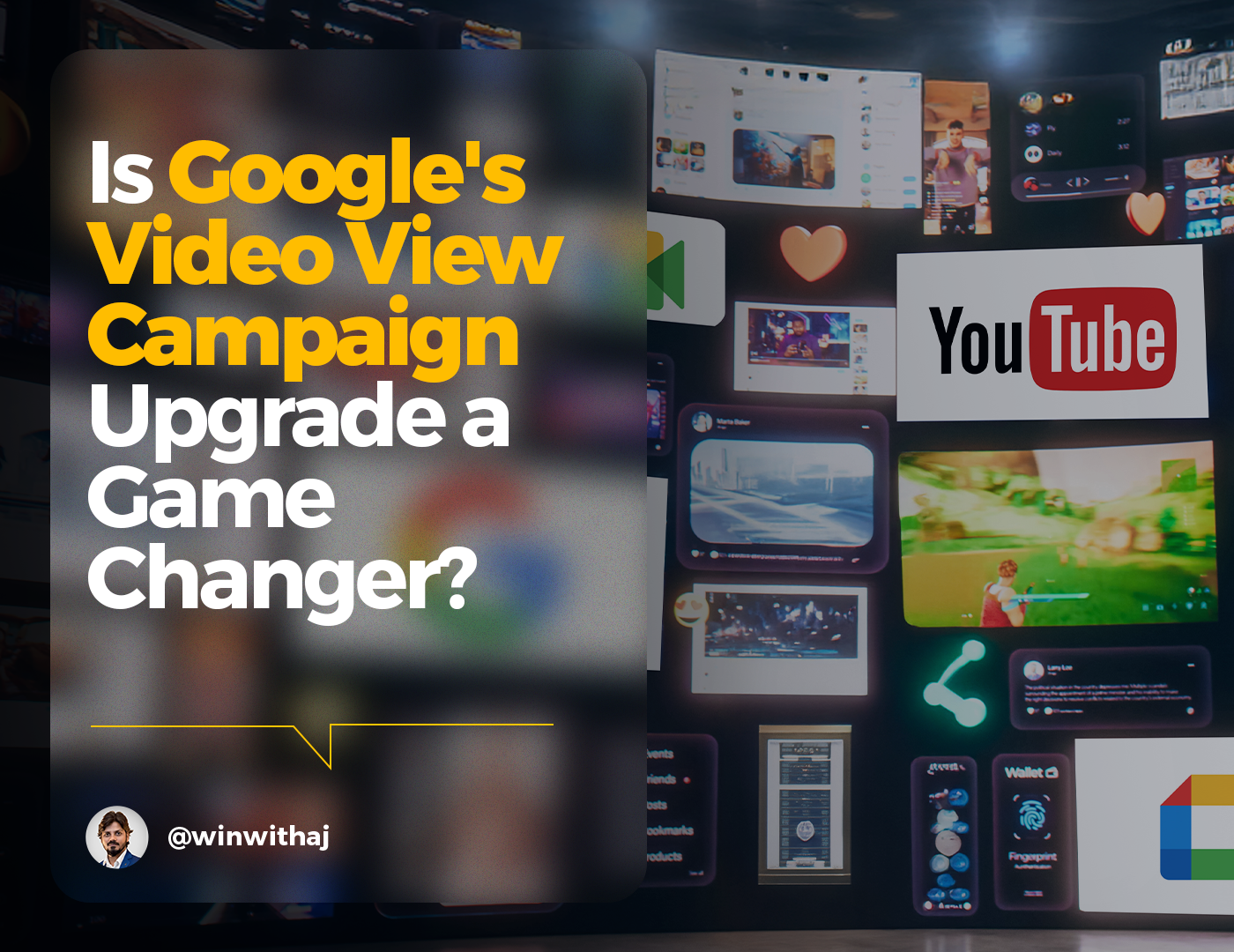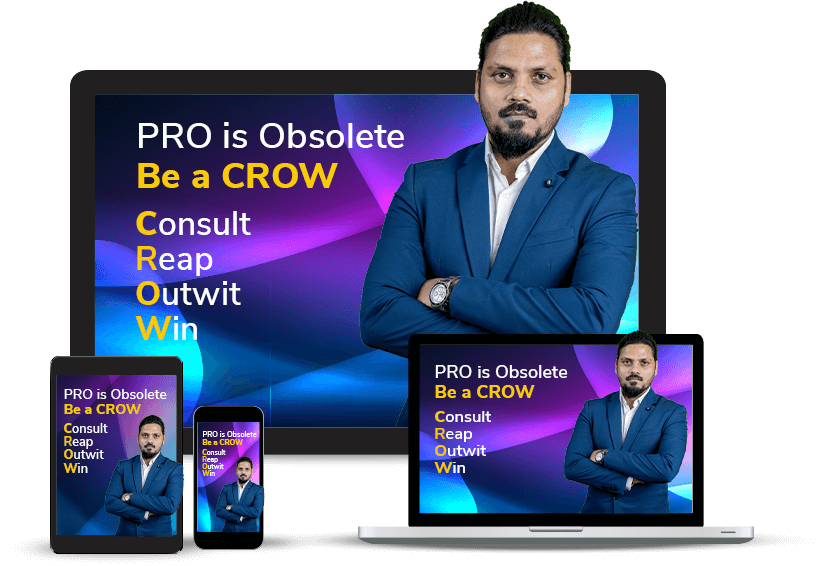
How Entrepreneurs and businesses are using Google Ads to scale up their sales
Google Ads are the first thing that springs to mind when making plans for internet advertising. As 3.5 billion searches are made on Google every day, it has grown to become the most widely used platform for reaching the target audience since its creation. Additionally, utilizing this programme can unquestionably assist in scaling your enterprise and boosting leads and revenues. To successfully handle and manage a campaign, there is still plenty to learn about Google ads. As a result, we’ve included all the information you’ll need here, as well as many strategies for developing a high-performance and successful campaign.
- What are Google Ads?
Before its rebranding in 2018, Google Ads was known as Google Adworks. A pay-per-click (PPC) marketing method is used in this online advertising programme from Google to help you grow your company. In order to reach their intended population, the marketer can generate many Google advertisements for each campaign. A good campaign may result in a number of advantages, including greater website traffic, a higher conversion rate, and a solid ROI, all of which can help raise a business’s revenues. But in order to determine the campaign’s success, you must first put it up and then evaluate, test, and monitor its performance.
Any business, regardless of size, may utilize Google advertisements because you can customize them to match your spending limit. When a potential consumer searches for the targeted term they have chosen, the advertisers pay for their advertisement to appear on the search engine result pages (SERPs).
Google Ads terms to understand-
- Bidding:
A bidding system underpins the whole Google Ads business. The advertiser’s ability to bid more determines how many impressions the ad will receive. The advertiser must choose the highest offer they are willing to make in order to get their ad clicked. A larger bid results in more impressions and better positioning in the SERPs.
- Click through rate:
The ratio between the number of clicks and the number of ad impressions is known as the click-through rate. Since the CTR measures your ad’s effectiveness and enables you to determine if it is successful or unsuccessful among customers, an effective and strong advertisement will have a higher CTR. It’s a wonderful approach to determine whether the advertisement is pertinent or whether consumers are supporting it.
- Conversion rate:
Track your conversion rate with the conversion tracking tools provided by Google. Simply said, the phrase indicates that a person has clicked on your advertisement and taken the action you asked them to. Your landing page should be user-friendly and optimized for conversion to acquire a high conversion rate.
- Quality score:
The keywords report will show your Quality score. Based on your keyword relevance, the quality of your landing page, and user experience, you will receive a score between 1 and 10. Your conversion rate will be greater the higher the score.
- Ad rank:
Your ad’s Ad rank decides where on the web page it will appear or if it will appear at all. Your chances of receiving more clicks increase with your position in the search results. The bid amount, keyword difficulty, quality score, and the searcher’s intent are just a few of the variables used to determine this rank number.
How to make high-performing, efficient Google advertising-
- Create a profile of your audience:
Your work for ad targeting will be made simpler by creating a buyer persona. You must comprehend the desires and intentions of your target clients before creating an advertisement. Creating a buyer persona is crucial if you want to enhance your conversion rate or CTR. Demographic, affinity, and custom intent metrics are just a few that you may use to learn more about your ideal client.
- Identify potential keywords:
Before beginning any ad group within your campaign, keyword research is crucial. You may choose up to five keywords to target, but they must coincide with the search intent of your potential customers. Your ad won’t appear to your prospective audience if the keywords you choose were not thoroughly researched. This is so that the phrases in the search queries and the list of keywords you choose may be matched by Google’s algorithm.
The more closely the terms match your keywords, the more likely it is that they will see your advertisement. However, it is preferable to search for long-tail business-related keywords rather than generic ones because of the high level of competition and thus high CPC.
The keyword match type you choose—broad match, phrase match, or precise match—should also be taken into consideration. These options communicate to Google how closely you wish to match the search term. When you initially start out, it is advisable to choose a wide match because you might not yet have enough information about your consumer. As a result, this will enable you to learn more about them.
- Make an ad copy:
Your ad may receive many impressions but few clicks due to poor ad wording. It indicates that your advertisement’s wording isn’t compelling enough to get them to click on it. In addition, to ensure that your writing is compelling and effective, check that the headline and description both address the target term you’re aiming for.
However, if there isn’t enough dialogue, either your landing page isn’t strong enough or what you’re giving doesn’t match the ad language.
- Make a landing page that is easy to use:
Even though you have a lot of impressions and hits, your landing page may be the cause of your low conversion rates. As a result, optimizing it is crucial to the success of your Google advertising campaign. And to achieve so, you need to keep an eye on, evaluate, and change the layout of your website and the CTA buttons to suit the preferences of your visitors.
- Employ ad extensions:
Ad extensions are a fantastic method to improve your advertisement. It enables you to expand the advertisement’s content to make it more clickable and compelling.
Depending on your brand and objective, you can choose from five kinds of extensions-
- Sitelink extension:
This choice distinguishes your advertisement. More links that direct users to particular pages of your website might be added to your advertisement. For instance, a link to a certain category of the goods you sell.
- Call extensions:
This type of extension allows you to include your phone number in the advertisement. The visitors will find it simpler to contact you right away as a result. You may limit this number’s visibility to only during regular business hours, which is an extra bonus. This plugin is a fantastic option to have if you have a customer support staff.
- Location extensions:
By using this extension, you’ll help customers find your store’s address and a map to it. To learn more information, they can click on the address link.
- Offer extensions:
Use this to persuade people to click on your site if your business is presently conducting an offer period. Your click through rate will certainly rise if your offer is superior to that of your rivals.
- App extensions:
If you have an app, you can provide the URL for mobile users to download it with this extension.
Bidding approach for Google Ads-
The ad campaign setup and tracking are only the beginning of your effort. The success of your Google ad campaign mostly depends on developing a solid bidding strategy that works for your company. In actuality, this tactic will affect how you rank in Google advertisements. Here are certain bidding parameters and techniques you should be aware of before starting the advertising campaign.
- Automated bidding:
This is the best setting to choose when you first start using Google advertisements. As Google handles all the work on your behalf, this solution doesn’t involve any more effort from you. You only need to offer Google a maximum range; after analyzing your rivals, Google will determine the best bid within that range, increasing your chances of winning the auction.
- Manual bidding:
In this mode, you have total control over the keyword bid amounts that you specify. Of course, since you can choose to spend less on the advertisements that aren’t doing well, this is a far better alternative for managing your advertising budget. To properly use this option, you must have greater familiarity with Google AdWords.
- Cost Per Acquisition (CPA):
When increasing conversions is your main objective, this bidding method will work well. Depending on your CPA, Google Ads will determine the bid value for your campaign. As a result, you’ll get to have conversions that are at or below your CPA. Your cost per acquisition is nothing more than the price you’re prepared to pay to get only one client. This method has the benefit of just requiring payment when a user becomes a customer.
- Enhanced cost per click (ECPC):
This tactic is in the middle of automatic and human bidding. The method is intended to prevent this from happening. When you are new to manual bidding, it’s likely that you won’t always be able to strike the correct bidding amount.
It will increase or decrease the manual bid you have set that has minimum chances of turning into conversion or sales. This adjusting of bidding amounts will enhance clicks and optimize your conversion rate. ECPC strategy is available on both search and display networks.
Best tools to use for Google Ads-
- Semrush:
This tool keeps track of the keywords that your rivals are bidding on and driving traffic from. When conducting keyword research, use this tool to get a sense of the terms for which you have the best chances of succeeding. Experts and marketers should use it. Although it has a paid edition, you may utilize all of its functions during a 30-day free trial.
- Keyword tool:
The Keyword tool now gathers keywords from Yahoo and Bing searches in addition to Google searches. When your keyword match type is wide match or phrase match, it is helpful since it will display the long tail keywords that surround your seed term. A newbie can utilize the free version because it has sufficient functionality. It offers a huge selection of keyword sets.
- Ubersuggest:
Ubersuggest is a one-stop shop for all the information you need to begin the ad campaign, from a keyword’s CPC to its volume and competition. It will assist you with PPC optimization so that you can place the highest bid for your ad. Additionally, you’ll learn which of your rivals is investing how much and on which keywords.
- Convertible:
It’s one of the finest techniques for gathering more audience data so you can develop a campaign that is much more successful. This free tool provides you with all the lead information, such as the visitor’s origin, location, previous visits, previous views, and length of stay. You can use all of these statistics to optimize your landing page and raise conversion rates.
To Conclude
Recognize that an advertising plan must be perfected via trial and error. You must evaluate and track the campaign after each action you take since what has worked for others may not work for you. Additionally, you don’t need to spend a lot of money on your advertisements. You may also begin with a low-performing ad and gradually move up as you get more leads and convert more of them.



















